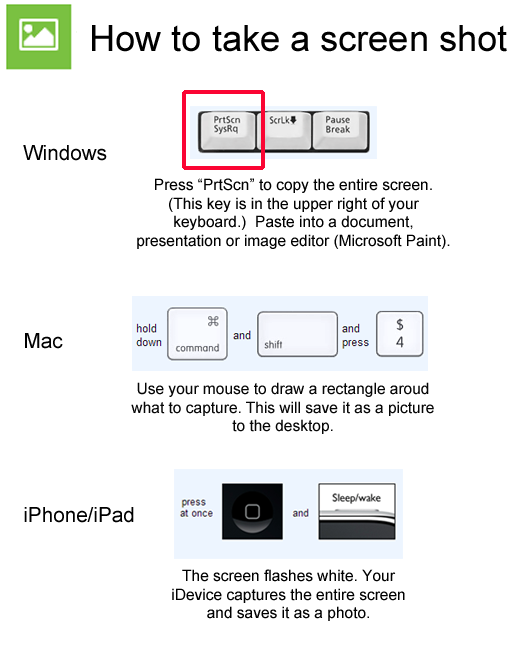Sleep
Note about browsers: This site works best using Google Chrome or Firefox. If any of the graphics look funny, please check what browser you’re using. Internet Explorer won’t display properly unless you’re using IE version 9.0 or later. Enjoy the data!
—————-
The sleep data here represent thousands of people who have participated in our research events at school and community health fairs as volunteer research subjects. At the sleep station, individuals answered a computer questionnaire about their sleep quality, daily patterns of wakefulness (chronotype), and daytime sleepiness. Click here for more about the different sleep surveys, how we determined the results, and additional resources.
Tools

For more details on how to paste your screenshot into a document, presentation or image editor, please visit our help page.
Sleep quality is measured in adults using the Pittsburgh Sleep Quality Index, a validated survey that asks about sleep habits, amount of sleep a person is getting, trouble falling asleep, ease of waking up, and how refreshed they feel. Recommendations shift based on age. Use the tools section to explore how sleep quality changes with age or to learn more about how we determine recommendations.
When do you typically feel your best? This is known as a person’s chronotype (also known as diurnal preference) and is measured using the Horne-Ostberg Scale (for adults) and Morningness-Eveningness Scale for children. You’ve probably heard of “owls” (evening types), but have you heard of “larks” (morning types) or “hummingbirds” (neither type)? Chronotype changes dramatically from when kids are very young, throughout adolescence and then again as we age. Being an owl may make it very difficult to wake up early for work or morning classes, so knowing your chronotype can help you plan a schedule that works best for your body’s rhythm . Use the tools to explore our data by age or learn more about chronotype!
Daytime sleepiness is determined using the Epworth Sleepiness Scale (for adults) and Pediatric Daytime Sleepiness Scale (for kids). Both surveys ask how likely a person is to fall asleep in various situations. Recommendations differ for each scale. Use the tools to learn more about these surveys, how we determined recommendations and how daytime sleepiness compares to other sleep measures, like sleep quality or chronotype using the SeeIt tool.




